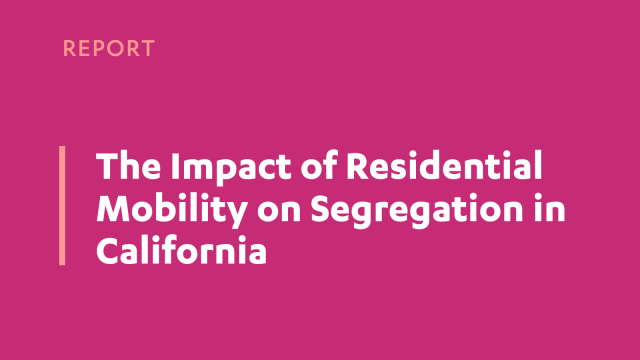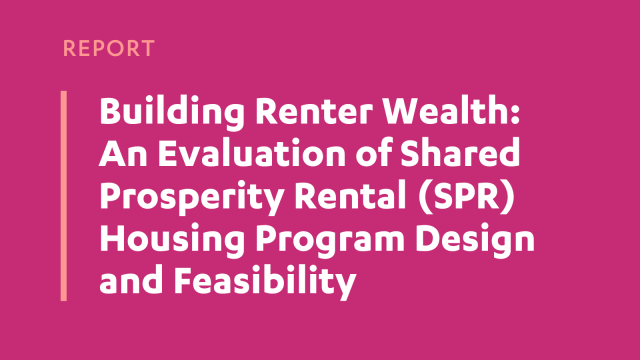Does the Los Angeles region have too many vacant homes?
In recent years, vacant homes have increasingly been identified as a potential indicator of speculation or otherwise underutilized housing stock. Recently constructed market-rate and mixed-income housing, in particular, has been cast as villain in this debate, with relatively high vacancy rates taken as a sign that this type of housing isn’t needed. Using Los Angeles as a case study, this working paper explores the nature, extent, and causes of housing vacancy, and draws conclusions about what should be done about vacant homes in high-cost locations like L.A. Analyzing multiple data sources with varying jurisdictional boundaries, I find that Los Angeles vacancy rates rank among the lowest in the nation, and are lower today than they were for most of the past 15 years. The types of vacancies in the city and metro area (“market” and “non-market” vacancies) also appear in similar proportion to other jurisdictions. And, accounting for the lease-up periods of newly constructed buildings, vacancy rates in the booming neighborhood of Downtown Los Angeles are similar to those of the rest of the city. It is suggested that proposals such as vacancy taxes may achieve modest reductions to vacancy but will do little to address the needs of overcrowded households, super-commuters, or future generations, among others.



